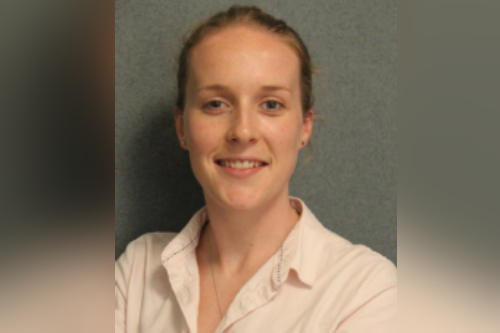

An unprecedented heatwave in Western Canada has been linked to more than 700 sudden deaths in a week. The British Columbia (BC) Coroners Service reported 719 deaths in the last week of June, when the oppressive and relentless heat cracked 40C (104F) in the province’s main city of Vancouver and approached 50C (122F) in BC’s interior.
Record-breaking temperatures have also contributed to a surge in wildfire activity across Western Canada. On Monday, July 06, BC was battling 199 active fires, of which two-thirds were classified by the BC Wildfire Service as “out of control”. Several fires have resulted in evacuation orders, and the village of Lytton, BC, has been almost completely razed to the ground.
Read next: Revealed – a solution to wildfire risk
What’s going on in BC, while unprecedented for Western Canada, is not unheard of in other parts of the world, including the Western United States and Australia. In California, for example, hot and dry conditions, coupled with human-induced climate change, have resulted in more than three times as much land burned in the western state so far this year than in the same time span last year. This is highly concerning, considering California recorded its worst fire season ever in 2020, with more than 4.2 million estimated acres burned.
Hot, dry conditions continue to drive an increase in wildfire activity across CA! Compared to this same time last year, there has been more than 700 wildfires & over 103,000 more acres burned. It's now more critical than ever that all Californians are prepared for wildfires. pic.twitter.com/iSnAwvxaKO
— CAL FIRE (@CAL_FIRE) July 12, 2021
Likewise, Australia is still reeling from the 2020 Black Summer bushfires, when more than 17 million hectares of land were burned, 3,094 homes were destroyed, and 33 people lost their lives.
The AFAC National Resource Sharing Centre (NRSC) cumulative seasonal summary illustrates the state of the current season. #AFACData@ACT_ESA @NSWRFS @CFA_Updates @CFSAlerts @dfes_wa @FireLibrarian @QldFES @ntpfes @TasFireService @CIFFC @NIFCfire pic.twitter.com/D6OP88t0HL
— AFAC (@AFACnews) February 28, 2020
Catastrophic events like these are a sign that climate change is having a material impact on people’s lives around the world. They are a stark reminder for insurance organisations about what really lies at the centre of a claim – people.
When it comes to fires, floods, or any other disaster, it’s easier (and less emotionally taxing) to focus on the numbers. For example, the US had 58,950 wildfires in 2020, which burned about 10.1 million acres and cost insurers up to US$13 billion.
But as losses associated with wildfires continue to soar in fire-prone regions worldwide, there’s one thing insurers cannot put a price on. There’s one thing they cannot insert back into their predictive models and actuarial analysis, which is the cost that such events have on human emotion and mental wellbeing.
The emotional toll of losing a loved one or having your home burned to the ground – your memory box reduced to ash – is beyond anything that an insurance payout can remediate. It’s a total and devastating loss.
When you look at claims simplistically, insurers are there to put people’s lives back together again after a loss. But some things simply cannot be fixed. The human life at the centre of an insurance claim will forever be changed by that loss event, whether it is a wildfire, a hurricane, a pandemic, or something else.
So, insurers have a somewhat impossible task on their hands. They’re trying to fulfil a promise that is fundamentally unattainable. They’re trying to douse an unstoppable fire.
That’s why it’s important never to forget the person at the centre of a claim. Insurers that can establish a human connection with claimants will generally fare better than those that reduce losses to data and technology-driven algorithms.
Humans understand that some things are irreplaceable. Acknowledging that and showing empathy and compassion at the time of a claim is the only way insurers can get close to their promise of fixing people’s lives.
